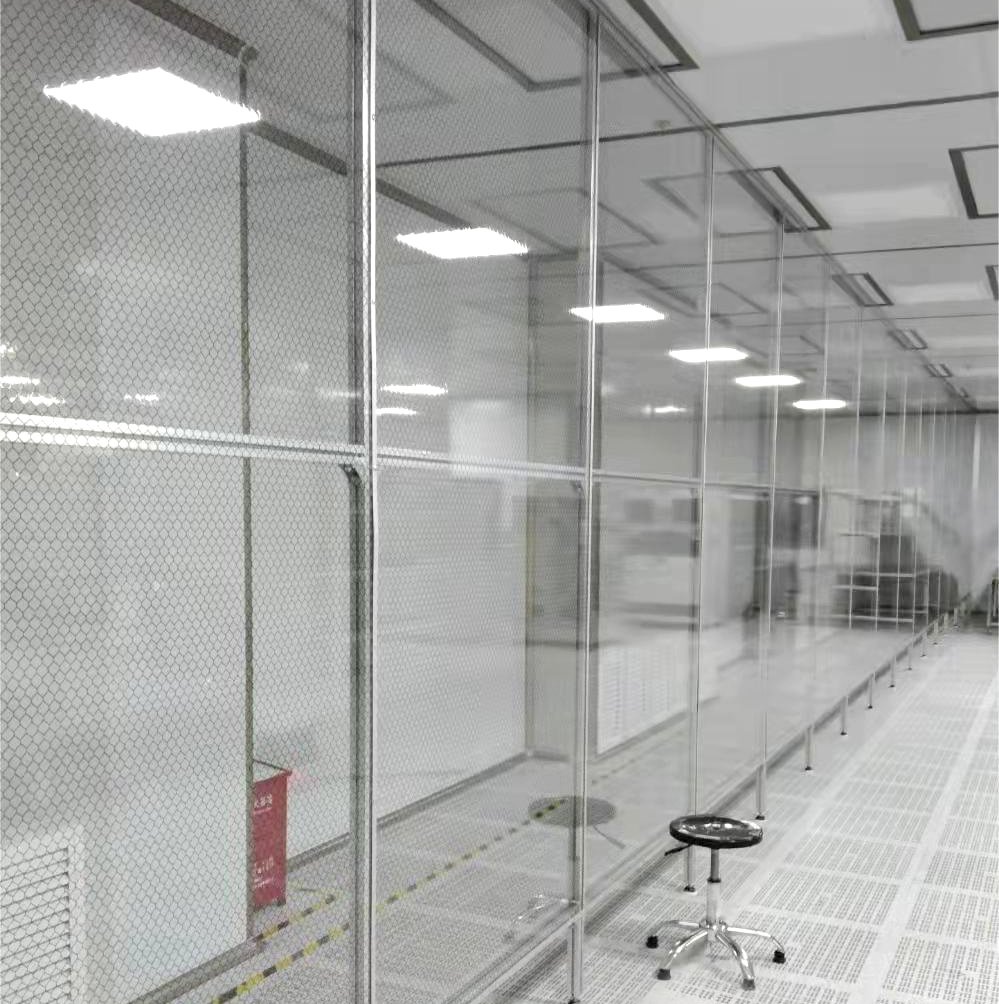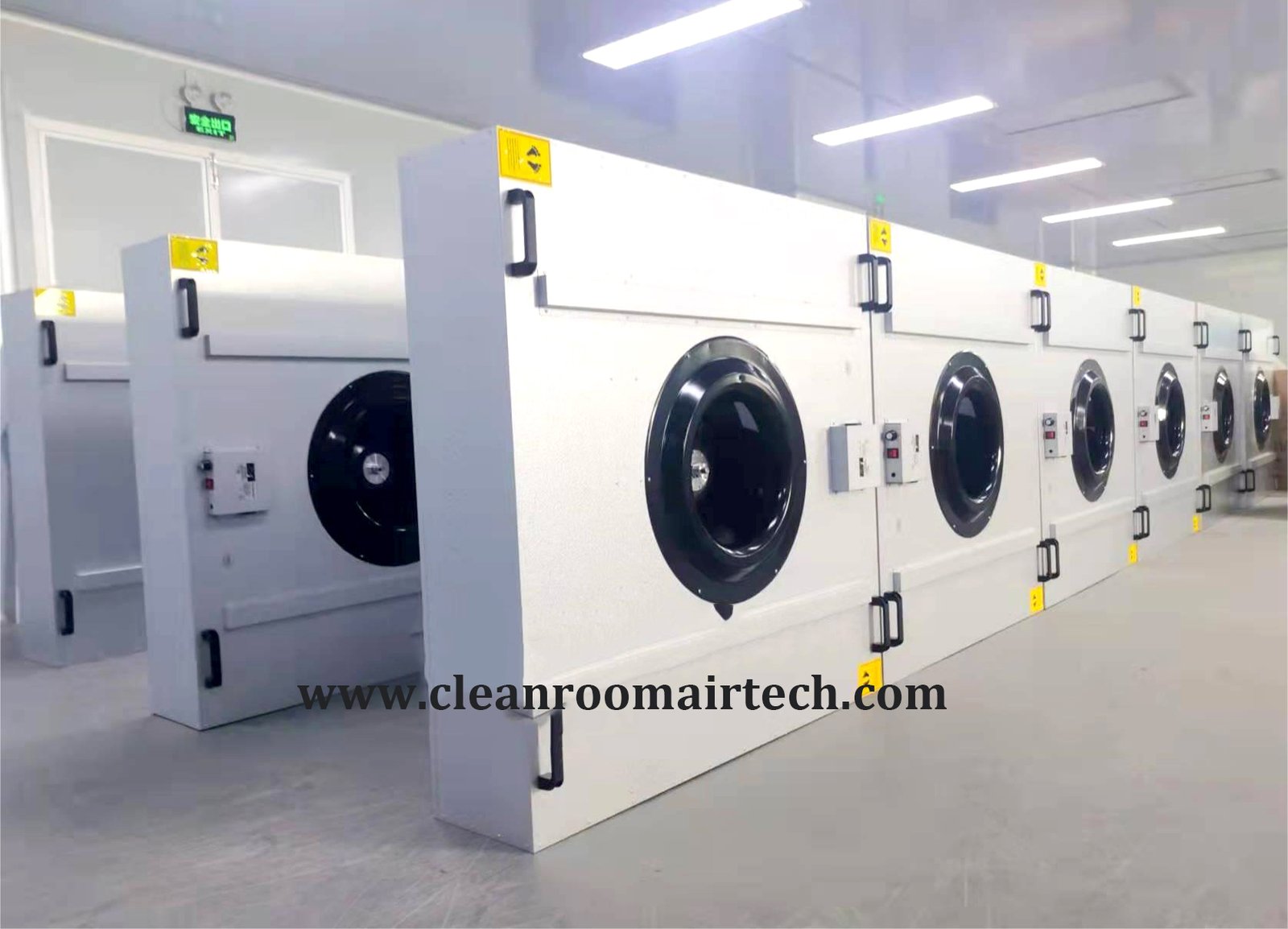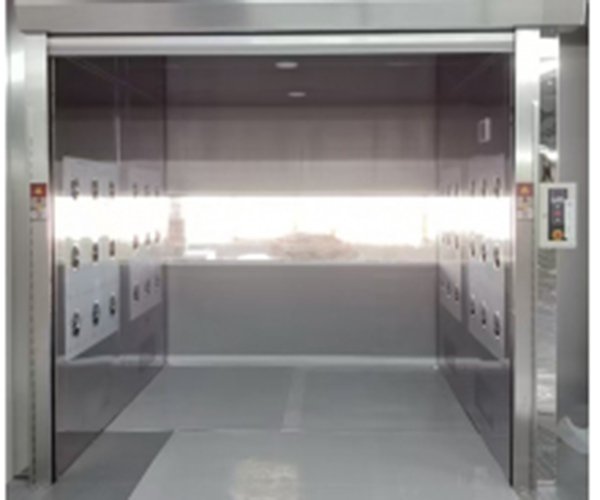In today’s high-tech and precision-driven manufacturing world, maintaining a contamination-free environment is not just important—it’s essential. Whether it’s pharmaceuticals, electronics, or aerospace, clean production zones play a vital role in product quality and safety. Here are six key facts that will help you understand why a cleanroom—or similar controlled environment—is so important in modern industry.
1. What Is a Cleanroom?
A cleanroom is a specialized, enclosed space designed to control airborne particles, humidity, temperature, and pressure. These environments limit the introduction, generation, and retention of contaminants. Unlike standard rooms, a clean production area uses High-Efficiency Particulate Air (HEPA) or Ultra-Low Penetration Air (ULPA) filters to maintain strict cleanliness standards. These filters trap dust, microbes, and other unwanted particles that could compromise manufacturing integrity.
2. Cleanroom Classifications and Standards
Clean production zones are classified based on the number of particles per cubic meter. The most widely adopted standards are ISO 14644-1 and the older FED-STD-209E. For instance, an ISO Class 5 zone allows only 3,520 particles per cubic meter at 0.5 microns, making it ideal for sterile pharmaceutical work.
In comparison, ISO Class 8 permits up to 3,520,000 particles per cubic meter, suitable for less sensitive operations like packaging. The required level depends on the product and process. Here’s a quick reference:
| ISO Class | Max Particles ≥ 0.5µm (pcs/m³) |
|---|---|
| Class 5 | 3,520 |
| Class 6 | 35,200 |
| Class 7 | 352,000 |
| Class 8 | 3,520,000 |
3. Three Testing States of a Cleanroom
To ensure consistent performance, controlled environments are tested in three states:
- As-Built (Empty State): No equipment or personnel inside.
- At-Rest (Static State): Equipment installed but no personnel.
- Operational (Dynamic State): Equipment and personnel are active.
Each phase helps verify how well the air control system performs under different production conditions. These inspections include measuring airflow velocity, pressure differential, temperature, humidity, and sound levels.
4. Key Air Quality Tests
Air quality is the core of any clean zone. A light-scattering particle counter is used to detect and count airborne particles. It’s essential to inspect:
- Total supply and exhaust airflow rates
- Pressure differentials between rooms
- Airflow patterns and direction
- Temperature and humidity control accuracy
- Noise levels
- Particle concentration at key locations
During leak tests, if particle counts exceed limits (e.g., over 3 particles ≥0.5μm per liter), immediate sealing or replacement of the filters is necessary.
5. Proper Sampling Techniques Matter
In any clean manufacturing space, data collection must follow strict rules to ensure reliability. For example:
- Sampling probes must be clean and sealed
- Sample tube length should be short (under 1.5 meters if unspecified)
- Air velocity at the probe must match room airflow
- Testers should stand downwind during sampling
Measurements are taken at set heights and locations—usually about 1 meter above the floor, across 20 or more test points in larger rooms.
6. Cleanroom Design Depends on Process Needs
Not all processes need ultra-high levels of cleanliness. In pharmaceutical manufacturing, a layered system is used, with different cleanliness levels assigned to different production zones. Localized clean zones (such as laminar flow hoods) are often combined with larger clean areas to minimize cost while ensuring product safety.
Choosing the correct level of cleanliness helps manufacturers reduce operating costs and improve product yield.
Explore Our Cleanroom Solutions
Looking to build or upgrade your facility? Check out our high-performance HEPA Filtration Module or our Portable Clean Zone Enclosure designed for flexible installation and top-tier performance in controlled environments.
Final Thoughts
Understanding how a cleanroom works, how it’s tested, and why cleanliness levels matter is key to achieving efficient, safe, and compliant production. Whether you’re in pharma, microelectronics, or aerospace, investing in the right clean space infrastructure can be the difference between success and costly recalls.
Cleanroom (Area) Air Cleanliness Classification Table
| Cleanliness Level | Max Particle Count (per m³) ≥0.5μm | ≥5μm | Max Microbial Count (per m³) Airborne Bacteria | Settle Plate (per dish) |
|---|---|---|---|---|
| Class 100 | 3,500 | 0 | 5 | 1 |
| Class 10,000 | 350,000 | 2,000 | 100 | 3 |
| Class 100,000 | 3,500,000 | 20,000 | 500 | 10 |
| Class 300,000 | 10,500,000 | 60,000 | 1,000 | 15 |
ISO 14644-1 (International Standard)
Maximum allowable particle concentration per cubic meter (particles/m³) equal to or larger than the specified sizes
| Cleanroom Class | ≥0.1μm | ≥0.2μm | ≥0.3μm | ≥0.5μm | ≥1.0μm | ≥5.0μm |
|---|---|---|---|---|---|---|
| ISO Class 1 | 10 | 2 | – | – | – | – |
| ISO Class 2 | 100 | 24 | 10 | 4 | – | – |
| ISO Class 3 | 1,000 | 237 | 102 | 35 | 8 | – |
| ISO Class 4 | 10,000 | 2,370 | 1,020 | 352 | 83 | 29 |
| ISO Class 5 | 100,000 | 23,700 | 10,200 | 3,520 | 832 | 293 |
| ISO Class 6 | 1,000,000 | 237,000 | 102,000 | 35,200 | 8,320 | 2,930 |
| ISO Class 7 | – | – | – | 352,000 | 83,200 | 29,300 |
| ISO Class 8 | – | – | – | 3,520,000 | 832,000 | 293,000 |
| ISO Class 9 | – | – | – | 35,200,000 | 8,320,000 | 2,930,000 |
Note: Classes are determined based on the maximum allowable particle count. If fewer than three particle sizes are specified, the class is determined by the size with the lowest corresponding class level.
Approximate Cleanroom Classification Comparison Table by Country
| ≥0.5μm particles/m³ | ISO 14644-1 (1999) | US 209E (1992) | US 209D (1988) | EEC cGMP (1989) | FRANCE AFNOR (1981) | GERMANY VDI 2083 (1990) | JAPAN JAOA (1989) |
|---|---|---|---|---|---|---|---|
| 1 | – | – | – | – | – | – | – |
| 3.5 | 2 | – | – | – | – | – | 2 |
| 10 | 3 | M1 | – | – | – | 0 | 2 |
| 30 | 4 | M1.5 | – | – | – | 1 | 3 |
| 100 | 5 | M2 | – | – | – | 2 | 4 |
| 300 | 6 | M2.5 | 100 | – | – | 3 | 5 |
| 1,000 | 7 | M3 | 1,000 | A+B | 4,000 | 3 | 6 |
| 3,000 | 8 | M3.5 | 10,000 | – | – | 5 | 7 |
| 10,000 | 9 | M4 | 100,000 | C | 400,000 | 5 | 7 |
| 30,000 | – | M4.5 | – | – | – | 6 | 8 |
| 100,000 | – | M5 | 1,000,000 | D | 4,000,000 | 6 | 8 |
Air Cleanliness Classification Table (Particle Count Limits per m³)
| ISO Class [1] (N) | ≥0.1μm | ≥0.2μm | ≥0.3μm | ≥0.5μm | ≥1μm | ≥5μm |
|---|---|---|---|---|---|---|
| 1 | 10 | – | – | – | – | – |
| 2 | 100 | 24 | 10 | 4 | – | – |
| 3 | 1,000 | 237 | 102 | 35 | 8 | – |
| 4 (ISO 10) | 10,000 | 2,370 | 1,020 | 352 | 83 | – |
| 5 (ISO 100) | 100,000 | 23,700 | 10,200 | 3,520 | 832 | 29 |
| 6 (ISO 1,000) | 1,000,000 | 237,000 | 102,000 | 35,200 | 8,320 | 293 |
| 7 (ISO 10,000) | – | – | – | 352,000 | 83,200 | 2,930 |
| 8 (ISO 100,000) | – | – | – | 3,520,000 | 832,000 | 29,300 |
| 9 (ISO 1,000,000) | – | – | – | 35,200,000 | 8,320,000 | 293,000 |





